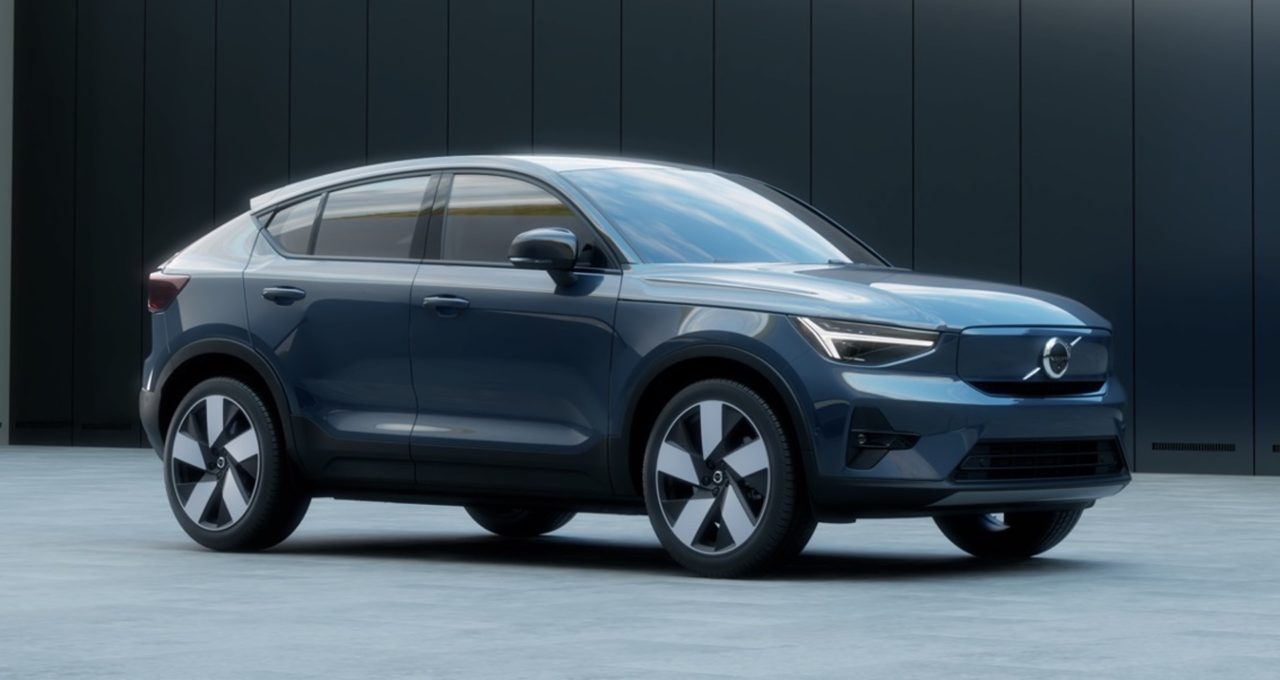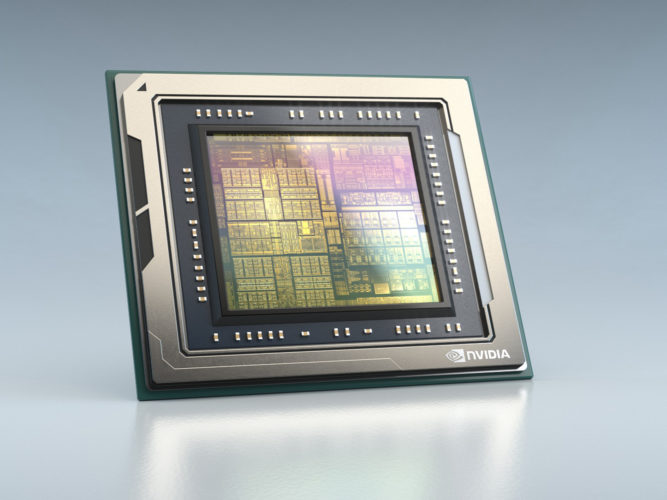Volvo Cars is extending its long-held legacy of safety far into the future.
The global automaker announced during the GTC keynote today that it will use NVIDIA DRIVE Orin to power the autonomous driving computer in its next-generation cars. The decision deepens the companies’ collaboration to even more software-defined model lineups, beginning with the next-generation XC90, set to debut next year.
Volvo Cars has been using the high-performance, energy-efficient compute of NVIDIA DRIVE since 2016 and developing AI-assisted driving features for new models on NVIDIA DRIVE Xavier with software developed in-house and by Zenseact, Volvo Cars’ autonomous driving software development company.
Building safe self-driving cars is one of the most complex computing challenges today. Advanced sensors surrounding the car generate enormous amounts of data that must be processed in a fraction of a second. That’s why NVIDIA developed Orin, the industry’s most advanced, functionally safe and secure, software-defined autonomous vehicle computing platform.
Orin is software compatible with Xavier, allowing customers to leverage their existing development investments. It’s also scalable — with a range of configurations and even able to deliver unsupervised driverless operation.
Volvo Cars’ next-generation vehicle architecture will be hardware-ready for autonomous driving from production start. Its unsupervised autonomous driving feature, called Highway Pilot, will be activated when it’s verified to be safe for individual geographic locations and conditions.
Redundancy and Diversity for Any Adversity
The NVIDIA DRIVE platform is architected for redundancy and diversity to deliver the highest level of safety.
Like its predecessors, NVIDIA Orin (pictured below) maintains this safety architecture with the highest possible compute performance. The system-on-a-chip (SoC) achieves up to 254 TOPS and is designed to handle the large number of applications and deep neural networks that run simultaneously in autonomous vehicles and robots, while achieving systematic safety standards such as ISO 26262 ASIL-D.
By combining the compute performance of Orin with software developed in-house and by Zenseact, and state-of-the-art sensors such as LiDAR and radar, Volvo Cars’ upcoming generations of intelligent cars will feature safe and robust AI capabilities.
Continuous Improvement
The next generation of vehicles will be state-of-the-art data centers on wheels. They’ll be richly programmable and receive software updates over the air.
These software-defined capabilities will deliver new skills and features that will delight drivers and passengers for the life of the car.
By centralizing the vehicle’s compute on NVIDIA DRIVE Orin, Volvo Cars’ next generation cars will be safer, more personal and more sustainable, that become better and smarter every day. Even when these cars aren’t in autonomous driving mode, they can still improve the safety of their occupants by anticipating and reacting to hazards faster than a human driver.
With an architecturally coherent and programmable fleet, Volvo Cars will extend its legacy of safety and quality far into the future, nurturing a growing installed base with its upcoming cars to offer software upgradeable applications for the entire life of the car.

